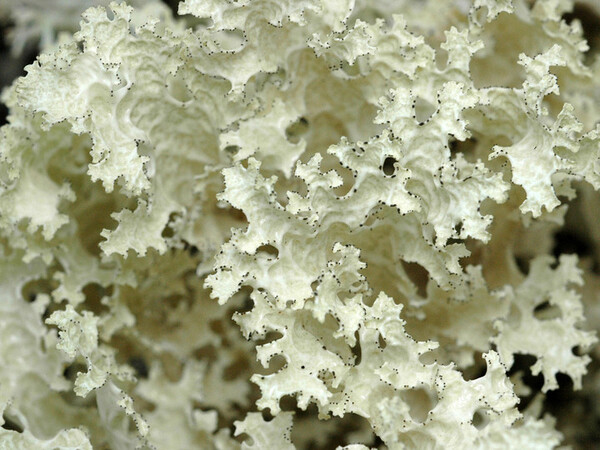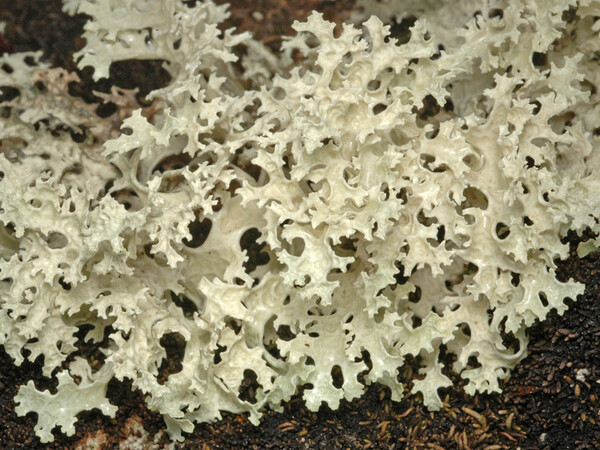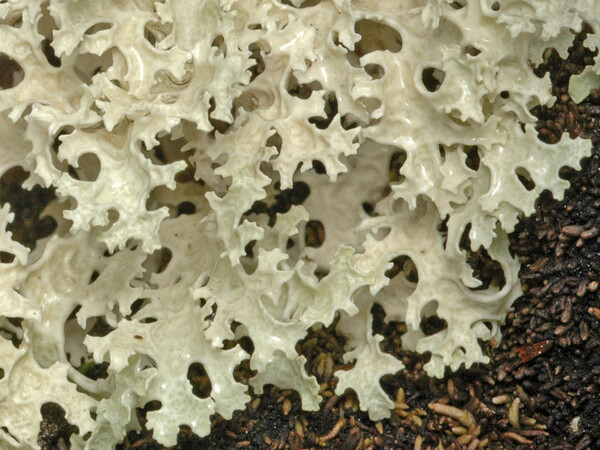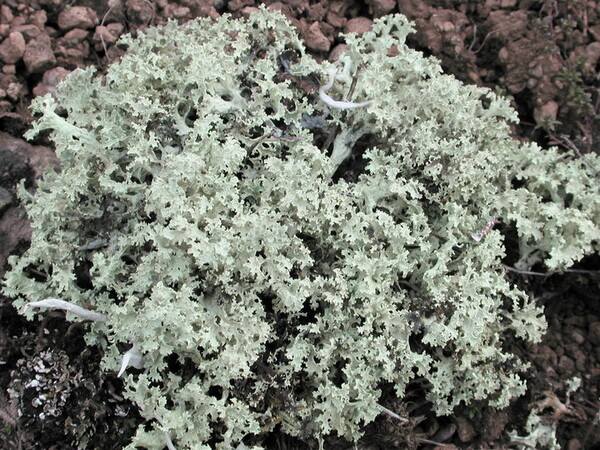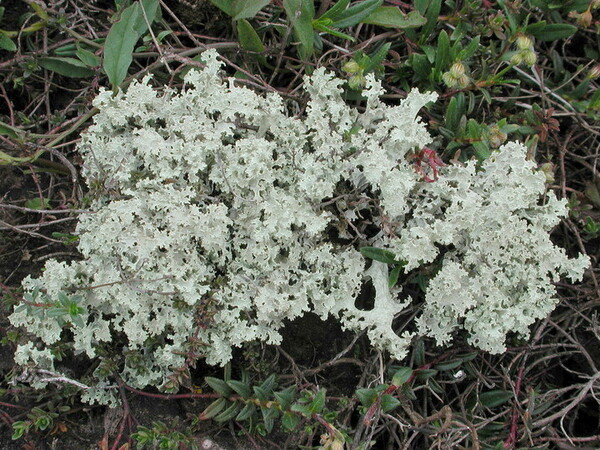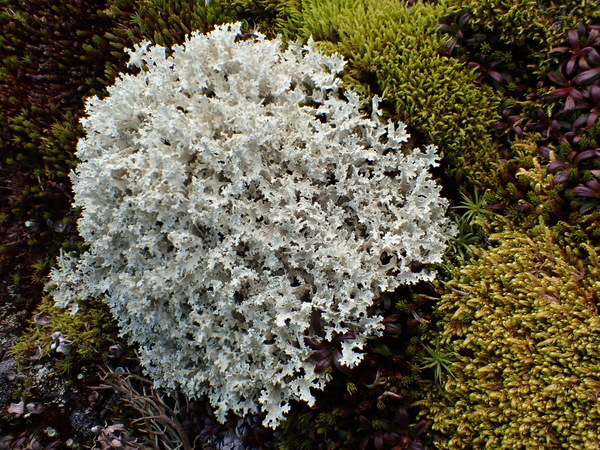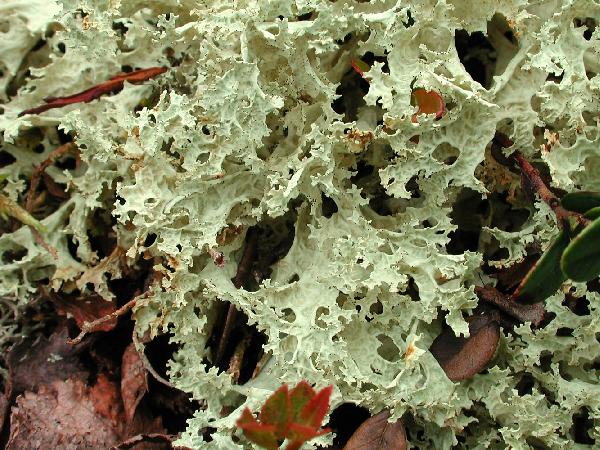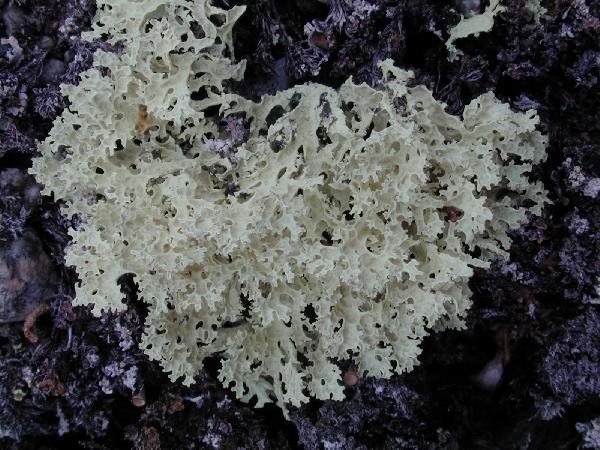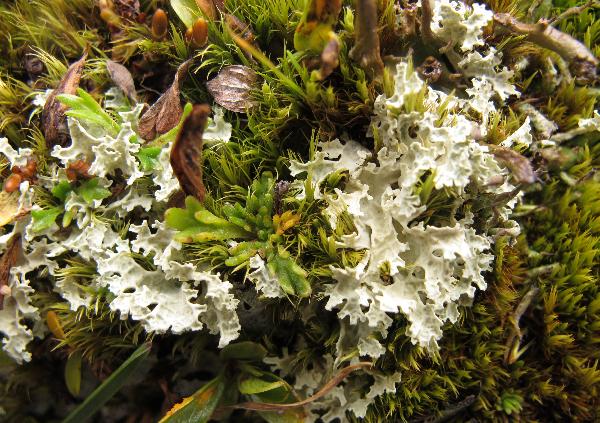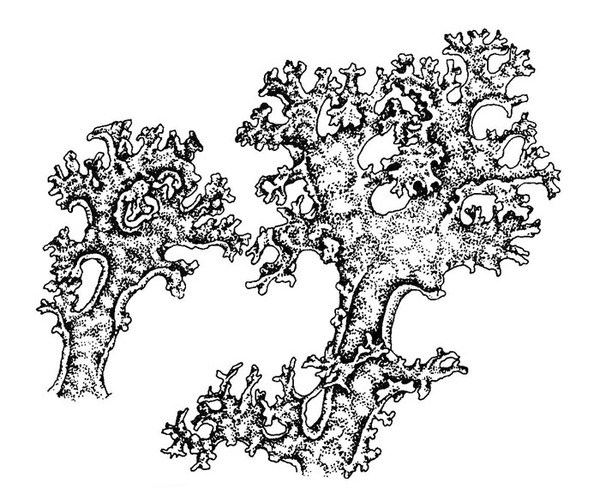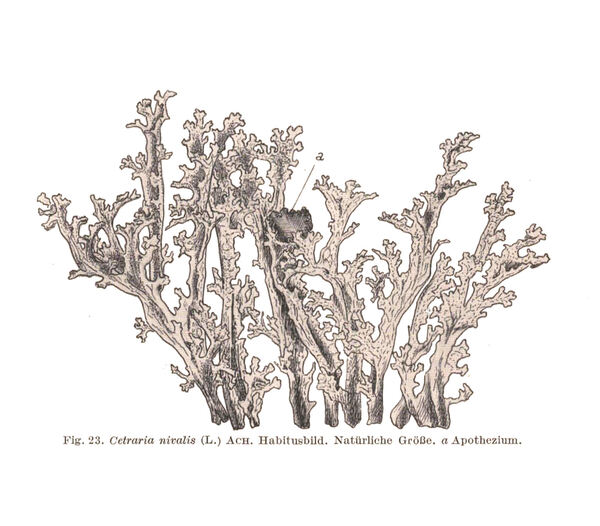Nephromopsis nivalis (L.) Divakar, A. Crespo & Lumbsch
in Divakar & al., Fungal Diversity, 84: 113, 2017. Basionym: Lichen nivalis L. - Sp. Pl.: 1145, 1753.
Synonyms: Allocetraria nivalis (L.) Randlane & Saag; Cetraria nivalis (L.) Ach.; Flavocetraria nivalis (L.) Kärnefelt & A. Thell
Description: Thallus fruticose, once or twice dichotomously branched, cream-coloured, yellowish brown at the necrotic base, loosely attached, sometimes forming compact mats. Lobes 6-10 mm wide and 2-4(-8) cm tall (usually smaller in Italian material), foveolate and reticulately ridged, erect to ascending; underside corticate, with narrow, mostly marginal, whitish pseudocyphellae. Cortex thin, paraplectenchymatous in upper part; medulla white, rather lax. Apothecia extremely rare, zeorine, submarginal at lobe-ends, up to 8 mm across, with a brown disc. Epithecium brownish; hymenium and hypothecium colourless. Asci 8-spored, narrowly clavate, with a small axial body and a distinct, K/I+ blue ring-structure in the rather large tholus, approaching the Lecanora-type. Ascospores 1-celled, hyaline, subglobose to broadly ellipsoid, 5-10 x 3-6 µm. Pycnidia black, marginal, slightly projecting. Conidia dumbbell-shaped (thickened at both ends), c. 6 x 1 µm. Photobiont chlorococcoid. Spot tests: cortex K-, C-, KC+ yellowish, P-; medulla K-, C-, KC-, P-. Chemistry: cortex with usnic acid; brownish parts at the base with anthraquinones.
Growth form: Fruticose
Substrata: soil, terricolous mosses, and plant debris
Photobiont: green algae other than Trentepohlia
Reproductive strategy: mainly asexual, by thallus fragmentation
Commonnes-rarity: (info)
Alpine belt: common
Subalpine belt: very rare
Montane belt: absent
Dry submediterranean belt: absent
Humid submediterranean belt: absent
Padanian area: absent
pH of the substrata:
1 2 3 4 5
Solar irradiation:
1 2 3 4 5
Aridity:
1 2 3 4 5
Eutrophication:
1 2 3 4 5
Poleotolerance:
0 1 2 3
Altitudinal distribution:
1 2 3 4 5 6
Rarity
absent
extremely rare
very rare
rare
rather rare
rather common
common
very common
extremely common
Loading data...
Occurrence data
Predictive map
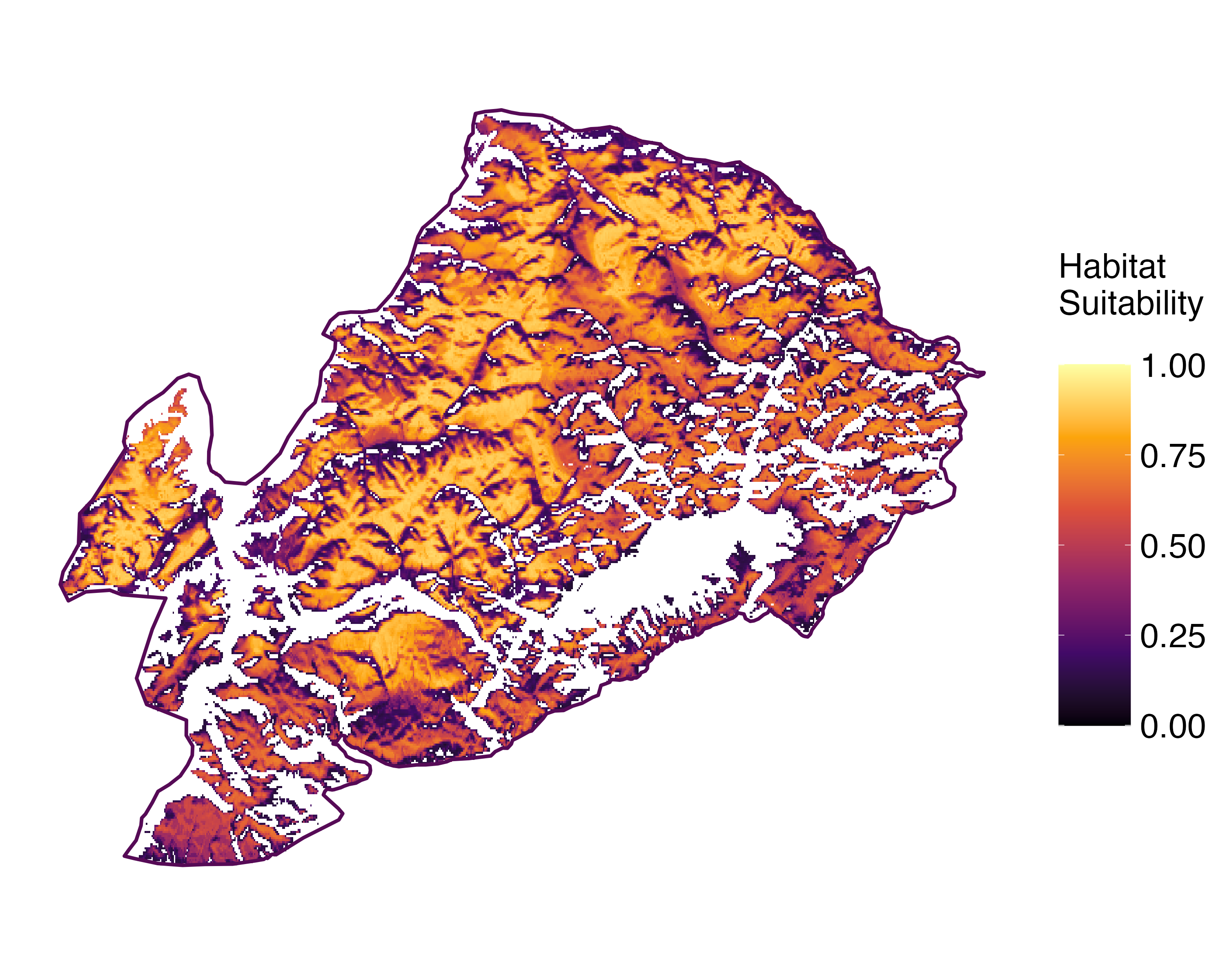 Current prediction (1981-2010)
Current prediction (1981-2010) Future prediction (2071-2100) SSP 1-2.6
Future prediction (2071-2100) SSP 1-2.6 Future prediction (2071-2100) SSP 5-8.5Predictive maps according to Francesconi et al. 2025
Future prediction (2071-2100) SSP 5-8.5Predictive maps according to Francesconi et al. 2025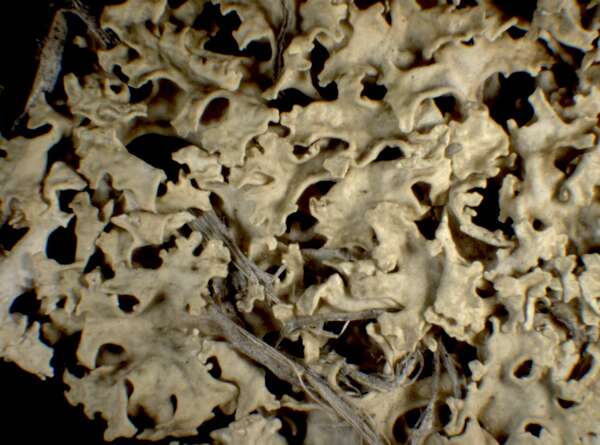
P.L. Nimis; Owner: Department of Life Sciences, University of Trieste
Herbarium: TSB (5044)
2001/12/05
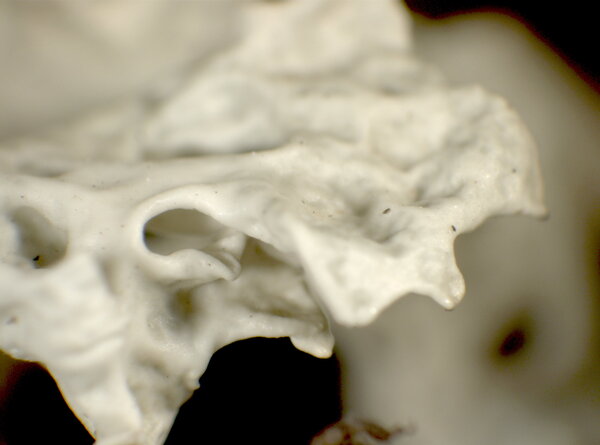
P.L. Nimis; Owner: Department of Life Sciences, University of Trieste
Herbarium: TSB (34817)
2002/02/06
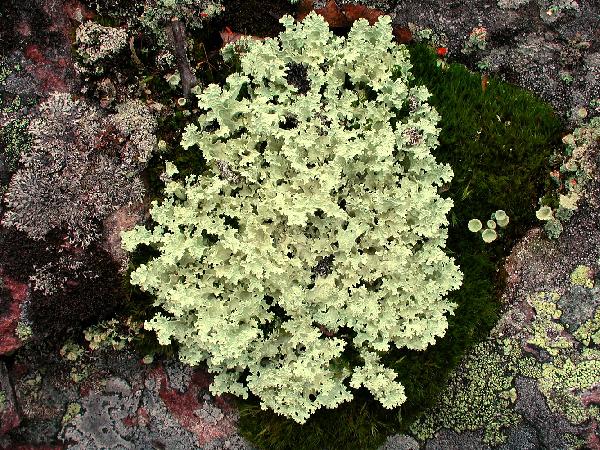
Ulrich Kirschbaum CC BY-SA 4.0 - Source: https://www.thm.de/lse/ulrich-kirschbaum/flechtenbilder
Austria: Alps.
Growth form: Fruticose
Substrata: soil, terricolous mosses, and plant debris
Photobiont: green algae other than Trentepohlia
Reproductive strategy: mainly asexual, by thallus fragmentation
Commonnes-rarity: (info)
Alpine belt: common
Subalpine belt: very rare
Montane belt: absent
Dry submediterranean belt: absent
Humid submediterranean belt: absent
Padanian area: absent
pH of the substrata:
| 1 | 2 | 3 | 4 | 5 |
Solar irradiation:
| 1 | 2 | 3 | 4 | 5 |
Aridity:
| 1 | 2 | 3 | 4 | 5 |
Eutrophication:
| 1 | 2 | 3 | 4 | 5 |
Poleotolerance:
| 0 | 1 | 2 | 3 |
Altitudinal distribution:
| 1 | 2 | 3 | 4 | 5 | 6 |
Rarity
absent
extremely rare
very rare
rare
rather rare
rather common
common
very common
extremely common
Loading data...
Occurrence data
Predictive map
 Current prediction (1981-2010)
Current prediction (1981-2010) Future prediction (2071-2100) SSP 1-2.6
Future prediction (2071-2100) SSP 1-2.6 Future prediction (2071-2100) SSP 5-8.5
Future prediction (2071-2100) SSP 5-8.5Predictive maps according to Francesconi et al. 2025

P.L. Nimis; Owner: Department of Life Sciences, University of Trieste
Herbarium: TSB (5044)
2001/12/05

P.L. Nimis; Owner: Department of Life Sciences, University of Trieste
Herbarium: TSB (34817)
2002/02/06



